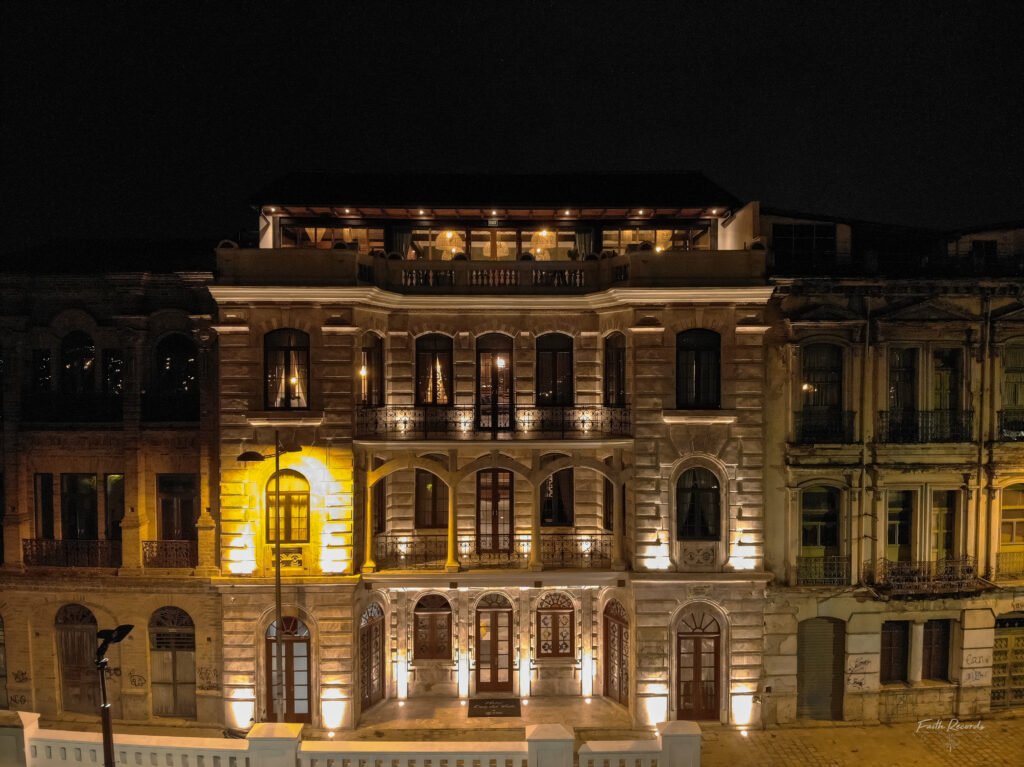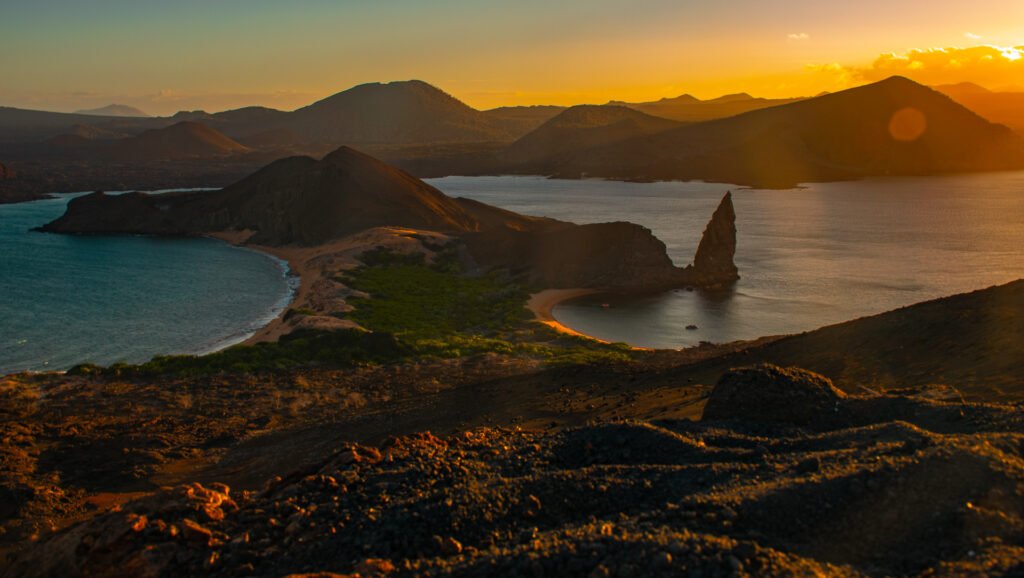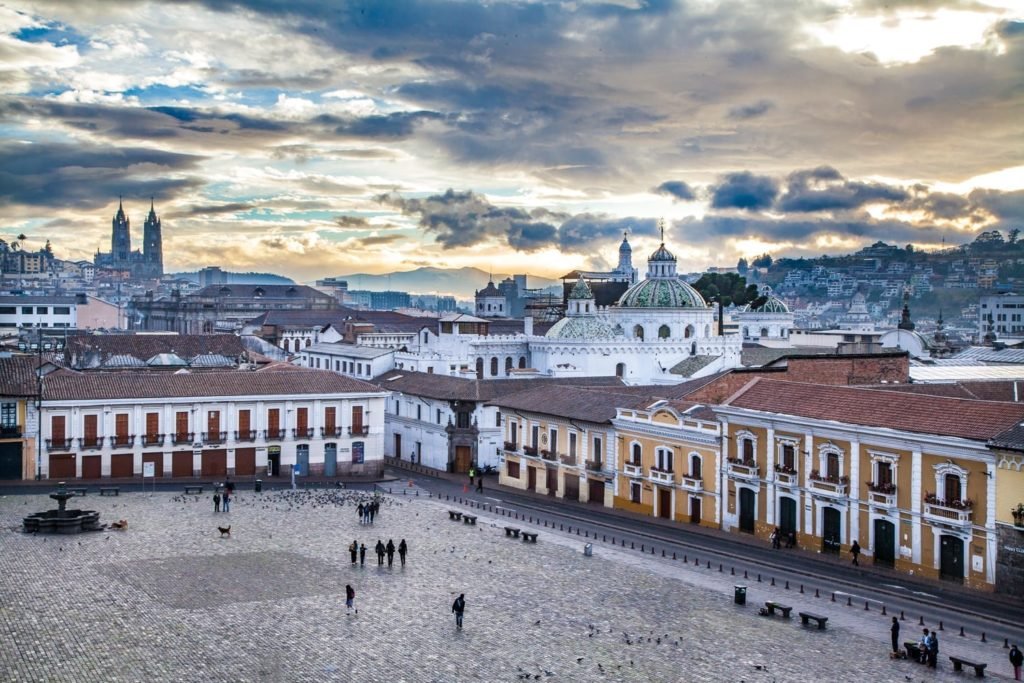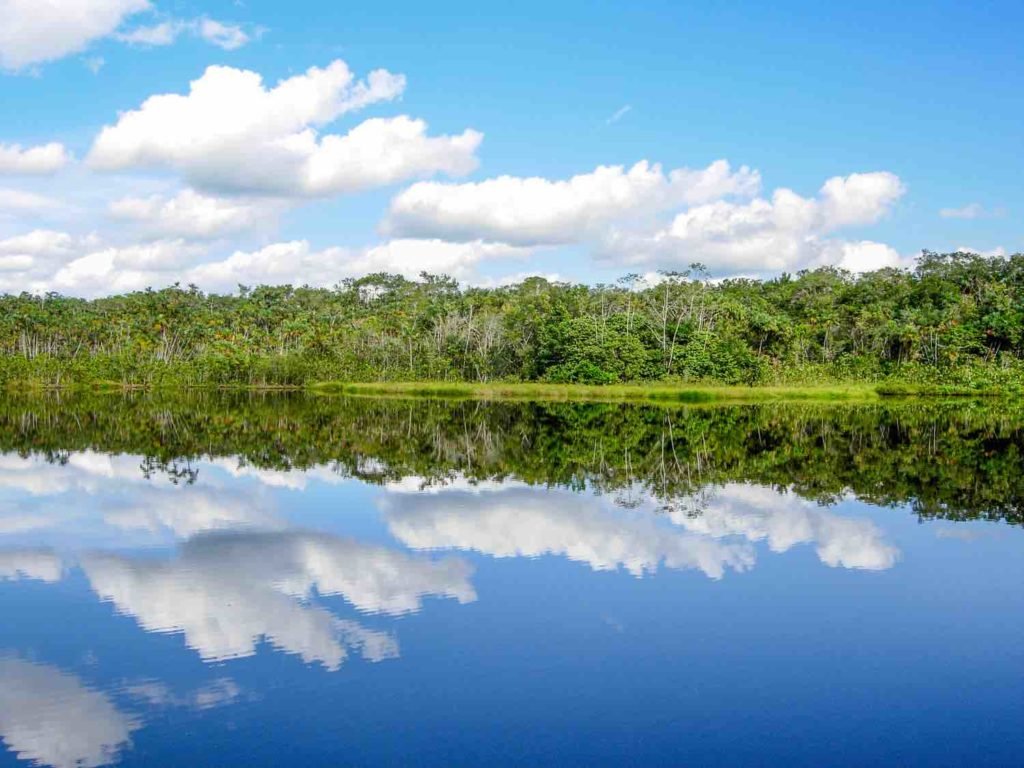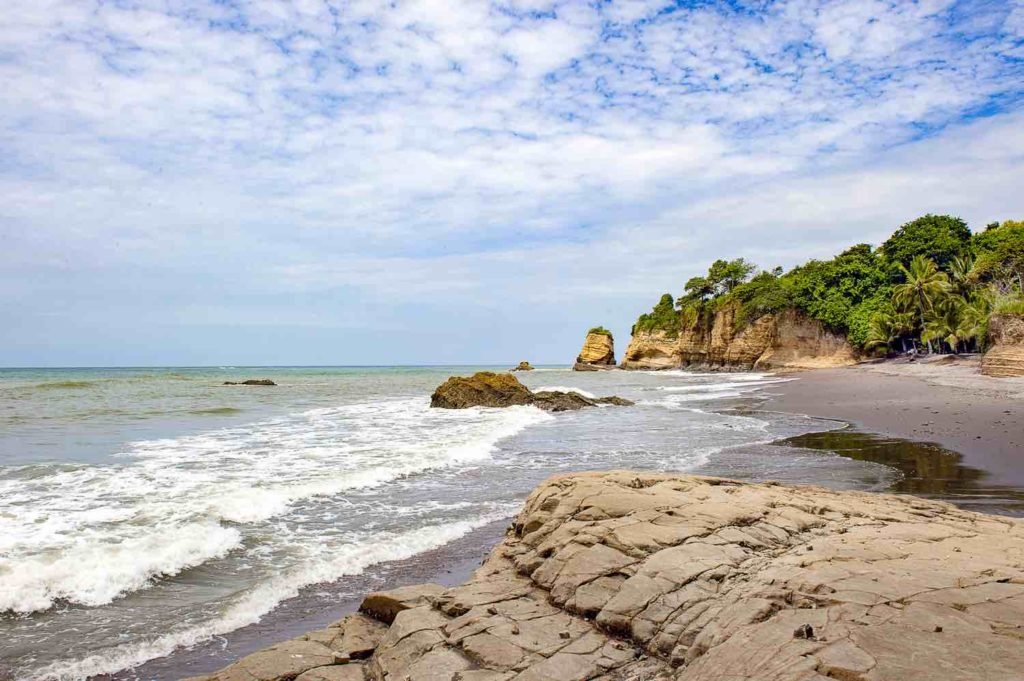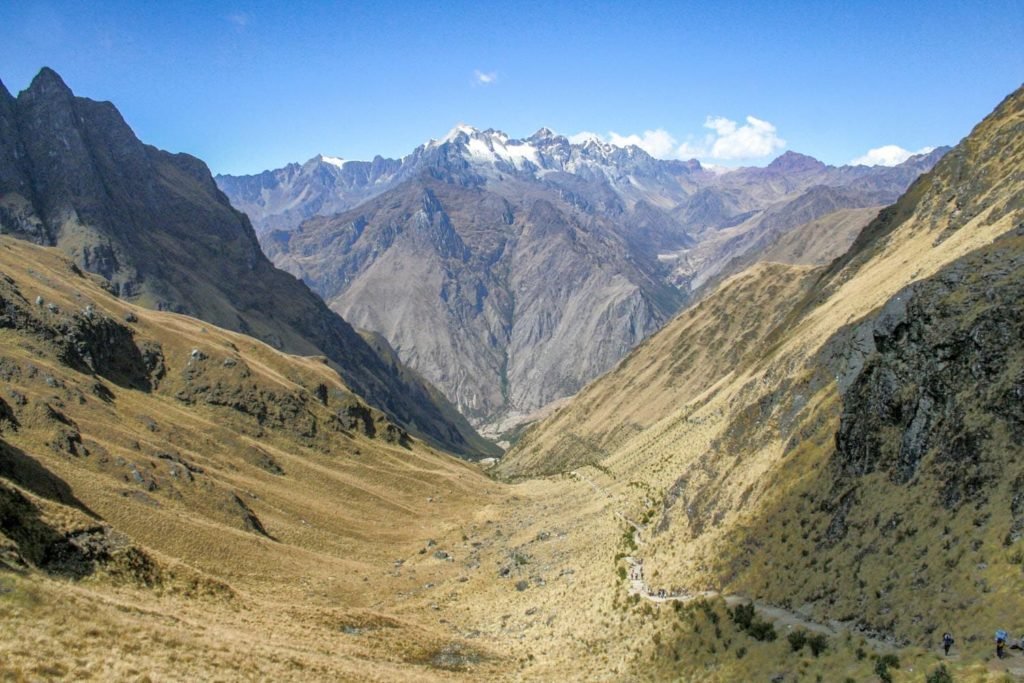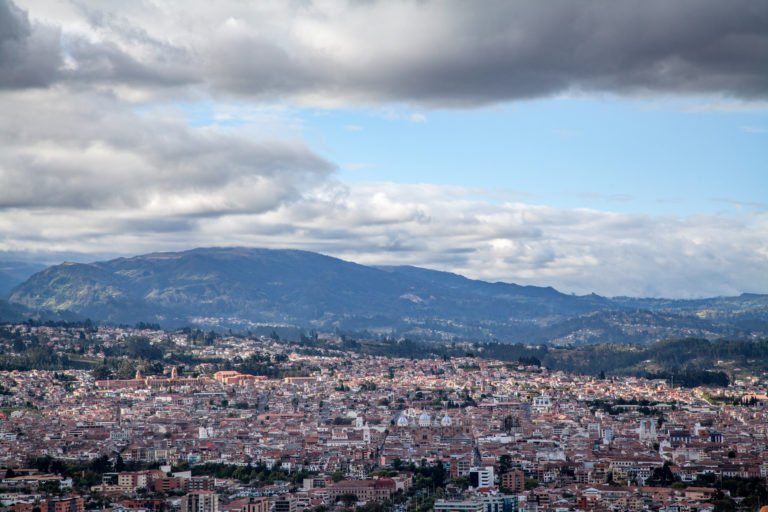Cuenca: South American Beauty
At 8,400 feet above sea level in Ecuador’s southern Andes, Cuenca is a charming collection of shady plazas, dazzling churches, and restored colonial mansions. In 1999, UNESCO declared Cuenca’s historic center a World Cultural Heritage Site, in honor of the city’s harmonious mix of architectural styles. Its domed cathedrals, quiet courtyards, and riverside promenades invite slow exploration.
The Cajas National Park, 20 miles west of Cuenca, protects Polylepsis woodlands, a section of the Inca Trail, and 232 glacial lakes. Native species of Cajas range from toucans to condors. Mischievous dwarves are rumored to dwell in its forests and caves.
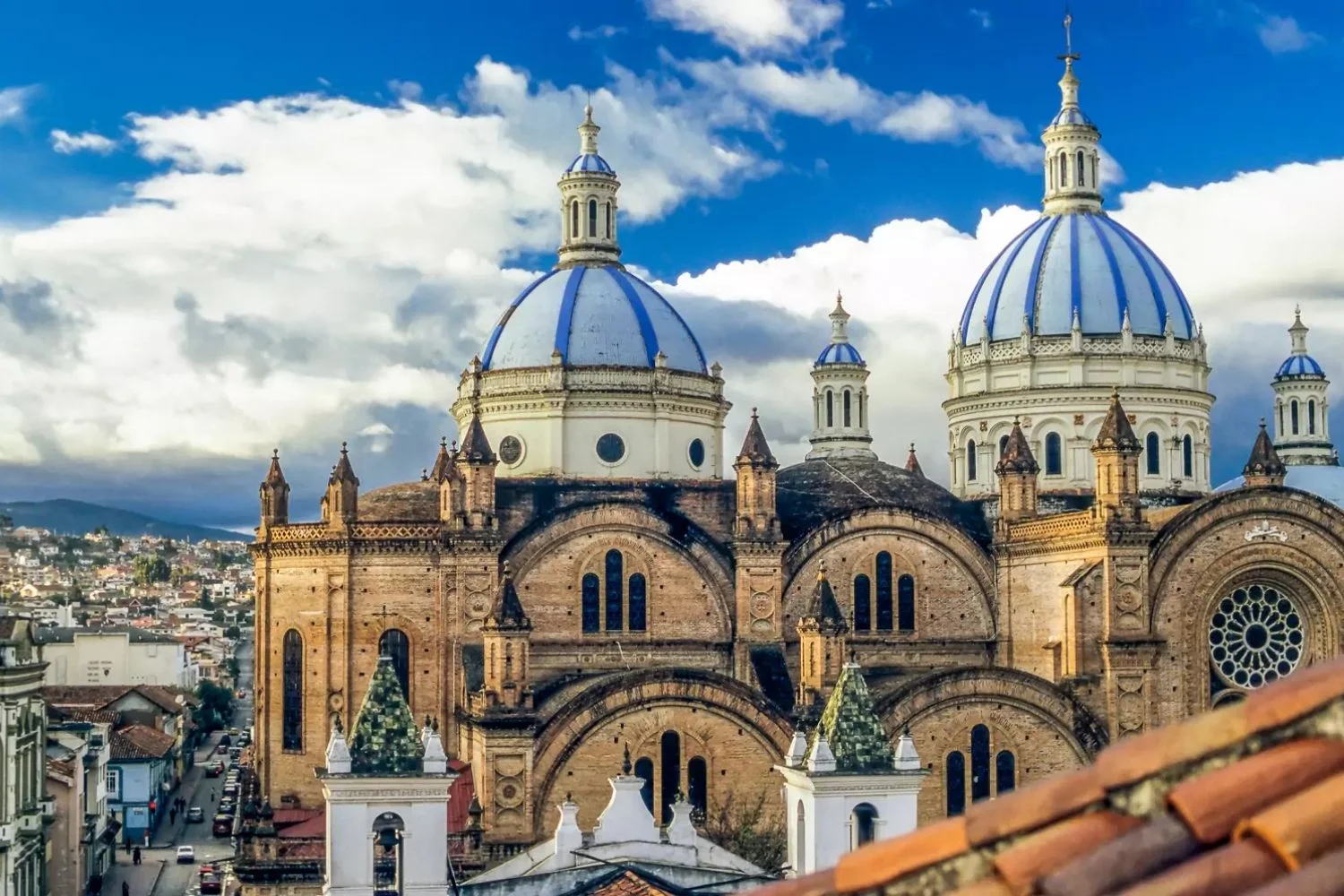
Cuenca’s setting is a high valley nourished by four rivers: Tomebamba, Yanuncay, Tarqui, and Machangara These rivers originate in the surrounding mountains of the Southern Sierra, before eventually joining tributaries of the Amazon.
The fertile valley around Cuenca was first inhabited over 10,000 years ago. Cuenca began as a Cañari settlement known as Guapondelega—a name signifying “The Land as Wide as Heaven”. The Cañari made impressive advances in astronomy and agriculture over the next 900 years, achievements later adopted by their Inca conquerors in the mid-15th century. After subduing the Cañari, the Inca renamed the city Tumebamba, and set about reshaping it into a second capital, intended to rival Cusco.
With the Spanish conquest in 1557, the city was recast again, this time in the orthogonal plan that survives today.
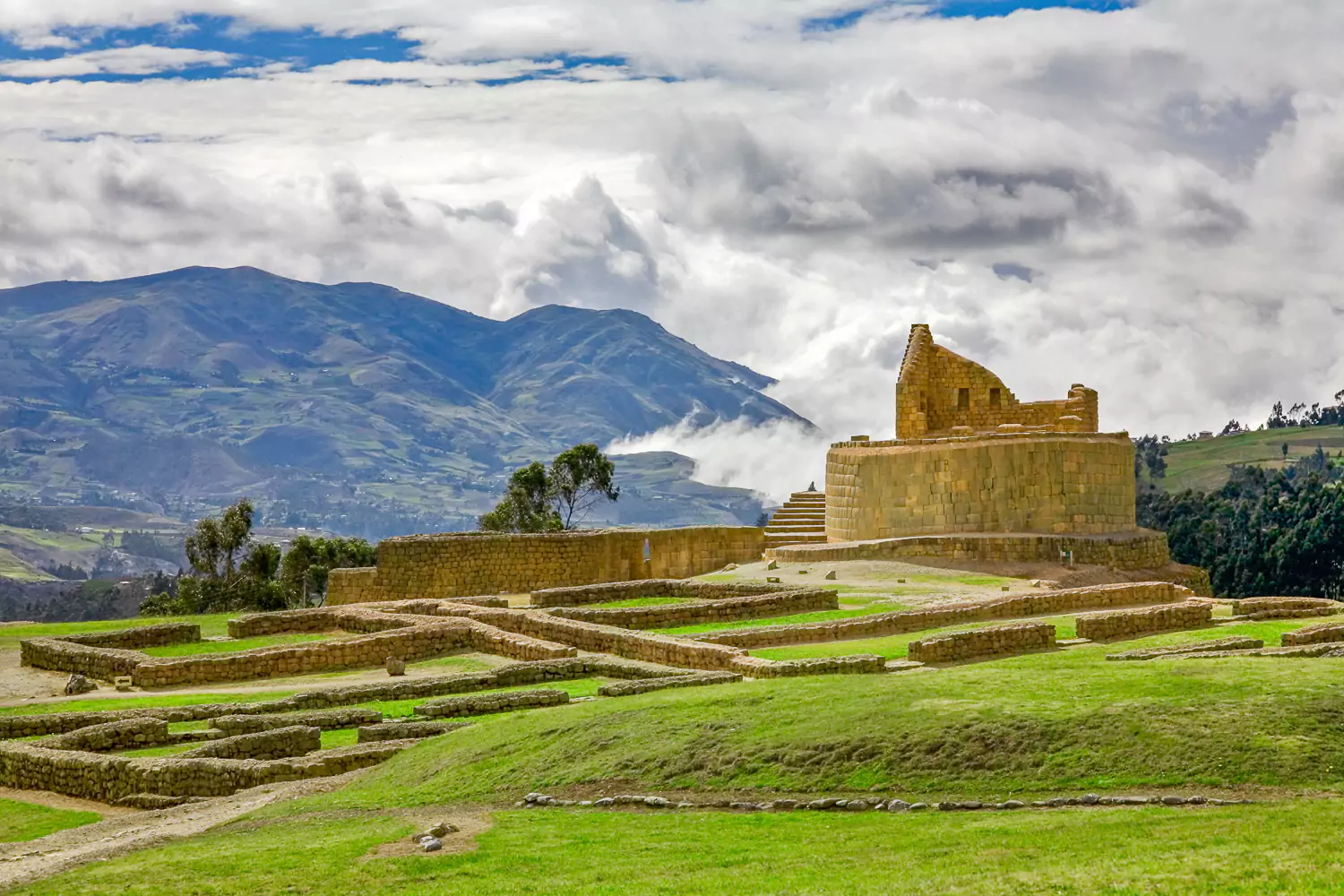
Ingapirca: Ecuador’s Largest Surviving Inca Site
Thirty miles to the north of Cuenca sits Ingapirca, Ecuador’s largest surviving Inca architectural complex. Originally constructed atop an important Cañari temple, the resulting cultural fusion is unique. Many of the structures have oval-shaped footprints, an anomalous feature among Inca sites. Highlights include a beautifully crafted Temple of the Sun, a calendar stone, storehouses, and residences.
What to do in Cuenca
Apart from privately guided visits to the city’s historic center with its domed cathedral, local museums, and traditional ceramic workshops, Cuenca is the ideal base from which to explore the surrounding Andean towns and hiking venues. Gualaceo, located 20 miles to the northeast, hosts a traditional Sunday market of produce and handcrafts. Its neighboring village of Chordeleg is known for handmade textiles, ceramics, and jewelry.
LANDED also designs guided hikes in El Cajas National Park and visits to the nearby archaeological sites. For travelers continuing to Guayaquil, visits to a working cacao and mango farm, with a firsthand look at Ecuador’s bean-to-bar chocolate process, can be arranged.
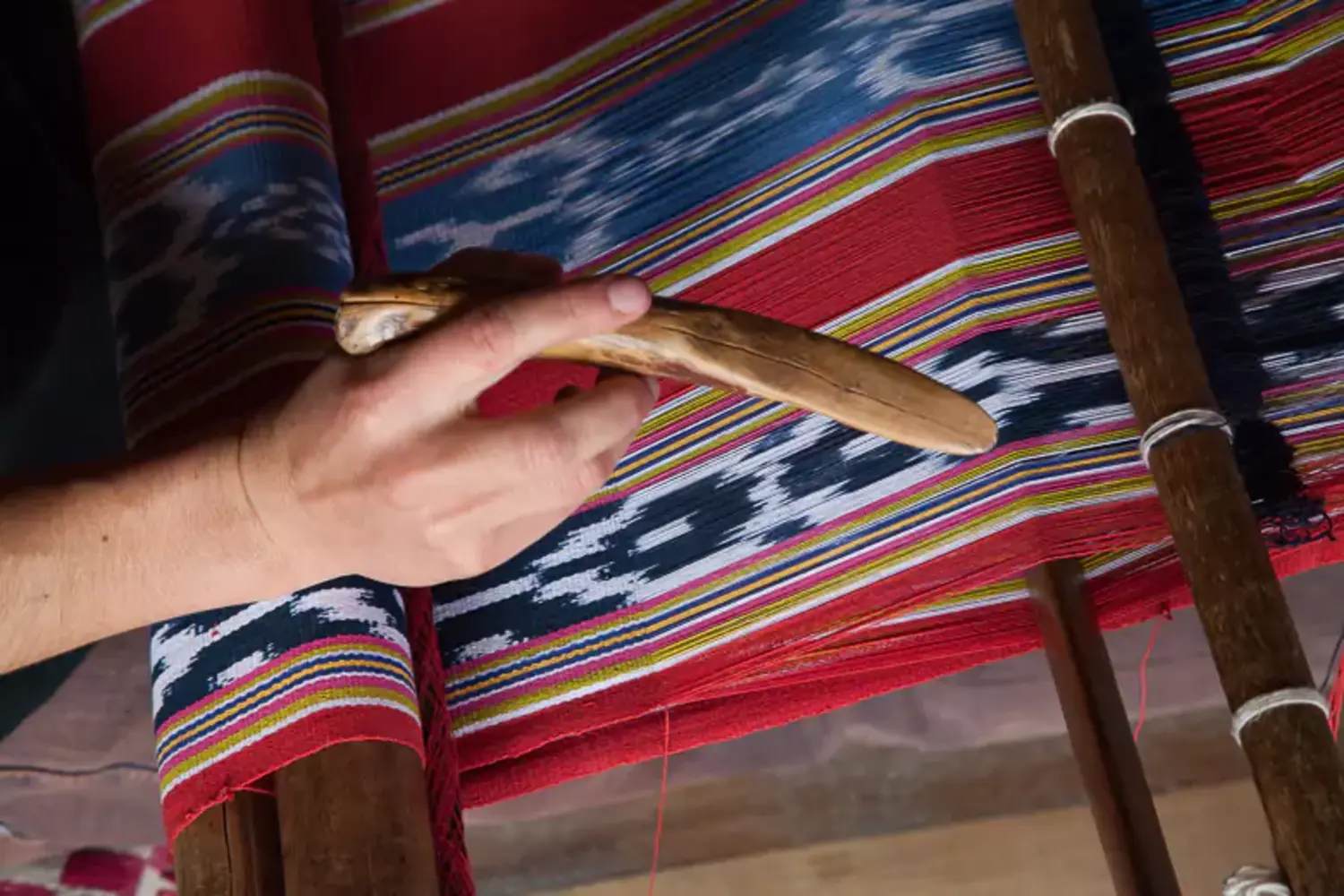
What is the Weather Like?
Cuenca enjoys a spring-like climate year-round, with warm days, cool nights, and average highs in the mid-60s °F. The driest months are typically June through September. Rain is most common from January to April, usually in the form of afternoon showers.
These averages are changing. Please check extended weather forecasts using your favorite weather app prior to departure.
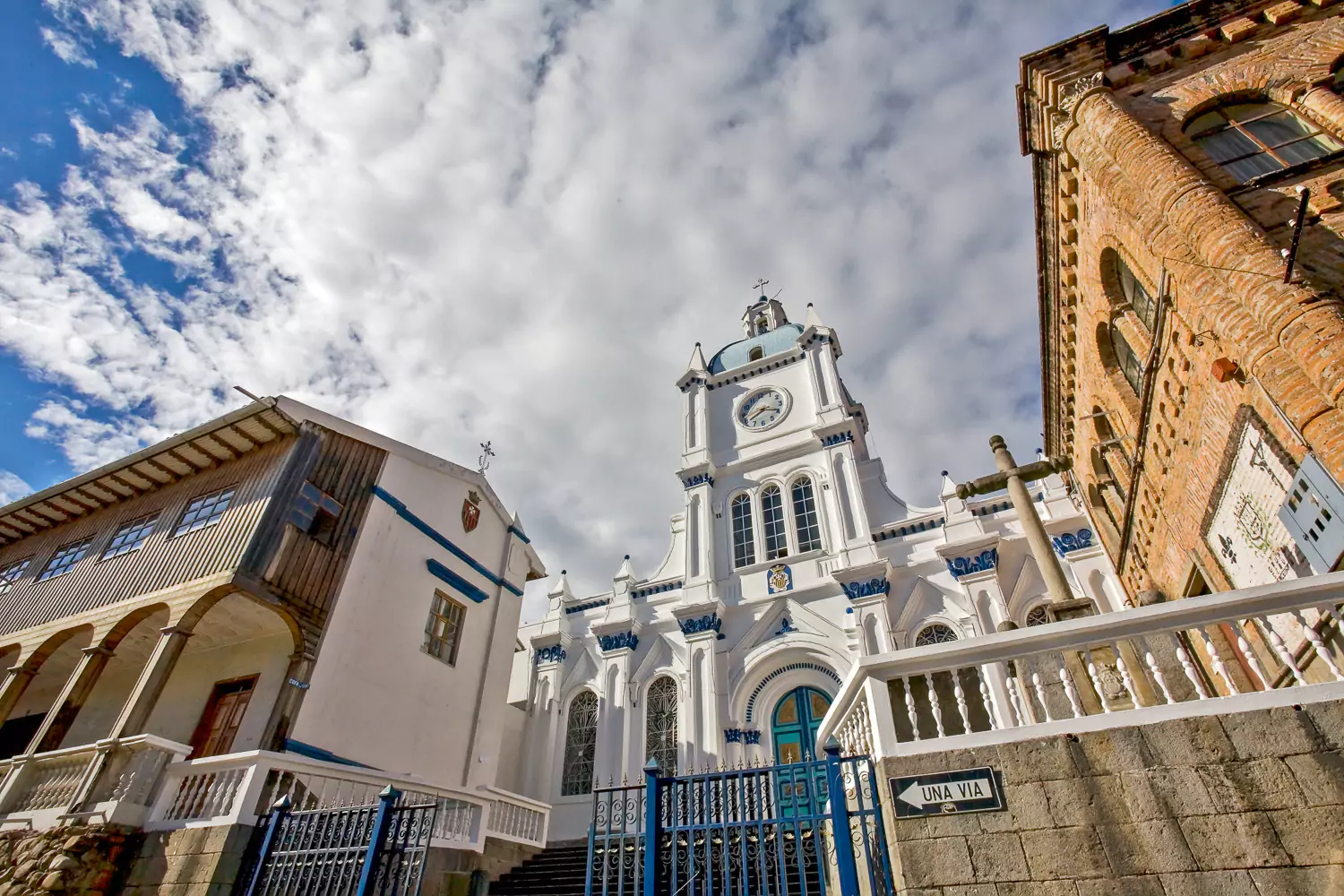
Start your journey today
LANDED delivers the finest in custom, private travel to Central America, South America, and Antarctica. These regions are our passion; we know them first-hand and by heart. Speak with one of our travel designers and let us create a tailored itinerary for you in Cuenca.
How to combine Cuenca
Have some extra time? Here are some options for you to combine with.

